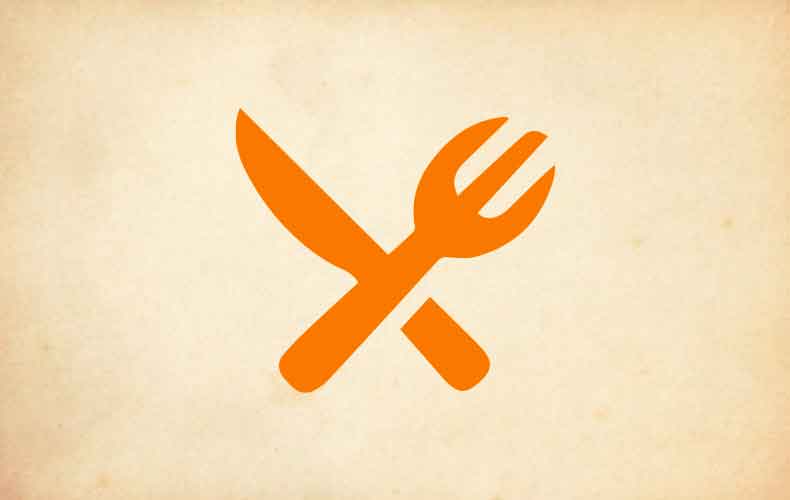Ingredients
1 gallon whole milk (anything except ultra-pasteurized)
1¼ cup cool, chlorine-free water (divided)
1½ teaspoons citric acid
¼ teaspoon liquid rennet (or ¼ of a rennet tablet)
1 teaspoon cheese or kosher salt
Equipment
Large pot (min. 6-quart capacity)
Slotted spoon
Thermometer
Latex or nitrile gloves
Long, narrow spatula (sometimes called an icing spatula) or dull knife
Large bowl (min. 4-quart capacity)
Colander
2 small bowls and/or measuring cups
Pour milk into large pot. Allow it to rest and slowly warm while you prepare other ingredients.
Dissolve rennet (either form) in ¼ cup of the unchlorinated water.
Set aside.
Dissolve citric acid in remaining 1 cup of unchlorinated water and pour into milk. (*The citric acid solution must be added to the milk BEFORE you start to warm it, otherwise, the curds will not form properly.)
Heat the milk to 90 degrees while stirring gently and constantly.
Once the milk reaches 90 degrees, remove from heat and add rennet solution, stirring with a vertical motion for 30 seconds.
Cover and let set for 5 minutes.
Check curd formation. The curd should form a relatively solid white mass that is distinctly different from the surrounding whey, which will be a more-or-less clear liquid. Push down lightly with the backs of your fingers or the tip of your spatula to check that the curd and the whey are separated.
Cut the curd in a grid pattern of about ½-inch squares.
Place the curds back on the burner and stir while heating to 110 degrees
(HINT: This is one step where you can step away from the stirring for a moment, such as when you need to perform the following step).
Prepare a large bowl of hot water (minimum 170 degrees).
Once the curds reach 110, turn off the heat and continue stirring for 2 to 3 more minutes.
Ladle or pour curds into colander (HINT: Place colander over a second large pot so you can trap and save your whey. It’s a great substitute for water in bread and pizza crust recipes). Fold the curds gently together and drain off as much whey as possible.
Immerse colander of curds in large bowl of hot water and gently stir/fold until the curds begin to stretch and take on a noticeable sheen.
Periodically remove curds from the water, grab and stretch as far as possible without breaking them. You should be able to stretch your curds slowly to arm’s length. The curds will not stretch well below 135 degrees. If they don’t feel stretchy, immerse them in hot water and let soak a bit longer to warm them up.
While hand-stretching the curds, gradually add the cheese salt to taste (you don’t need to use the full 1 teaspoon). Don’t expect it to “mix in.” You’ll be sprinkling the salt on the surface of the cheese. Stretching and re-folding the cheese slowly works the salt into it.
Once you’ve added all the salt, heat the cheese for its final stretching/shaping. You can braid it, shape it into multiple balls, or simply save it as one large mass. Immediately submerge it in ice water to help it hold its shape. Remove from the water before storing.
The cheese will store in the fridge for up to 2 weeks. But be advised that it will take on the shape of your storage container. Do not store in liquid unless you are familiar with the process of
brining. Too little salt in the storage liquid will turn your cheese into unpleasant goo; too much will create a hard and excessively salty cheese.
| Finding Good Milk Good milk is critical when trying to make cheese. Look for milk that’s been pasteurized, or if you’re fortunate enough to have access to it, try raw milk (be aware that federal and state regulations recommend against consumption of rawmilk products that have not been aged at least 60 days). Avoid ultra-pasteurized milk; the intense temperatures used to ensure its long shelf life destroy the protein and nutrient structure thatmake cheese possible. If you try using ultra-pasteurizedmilk, your time and trouble will be rewarded with a gooey, unappetizingmass that will refuse to hold a curd. Strauss Dairy’s cream-top whole milk is an ideal choice that also is readily available in most local grocery stores. Resources New England Cheesemaking Supply: Cheesemaking.com Reno Homebrewer: 2335 Dickerson Road, 775-329-2537, Renohomebrewer.com |


